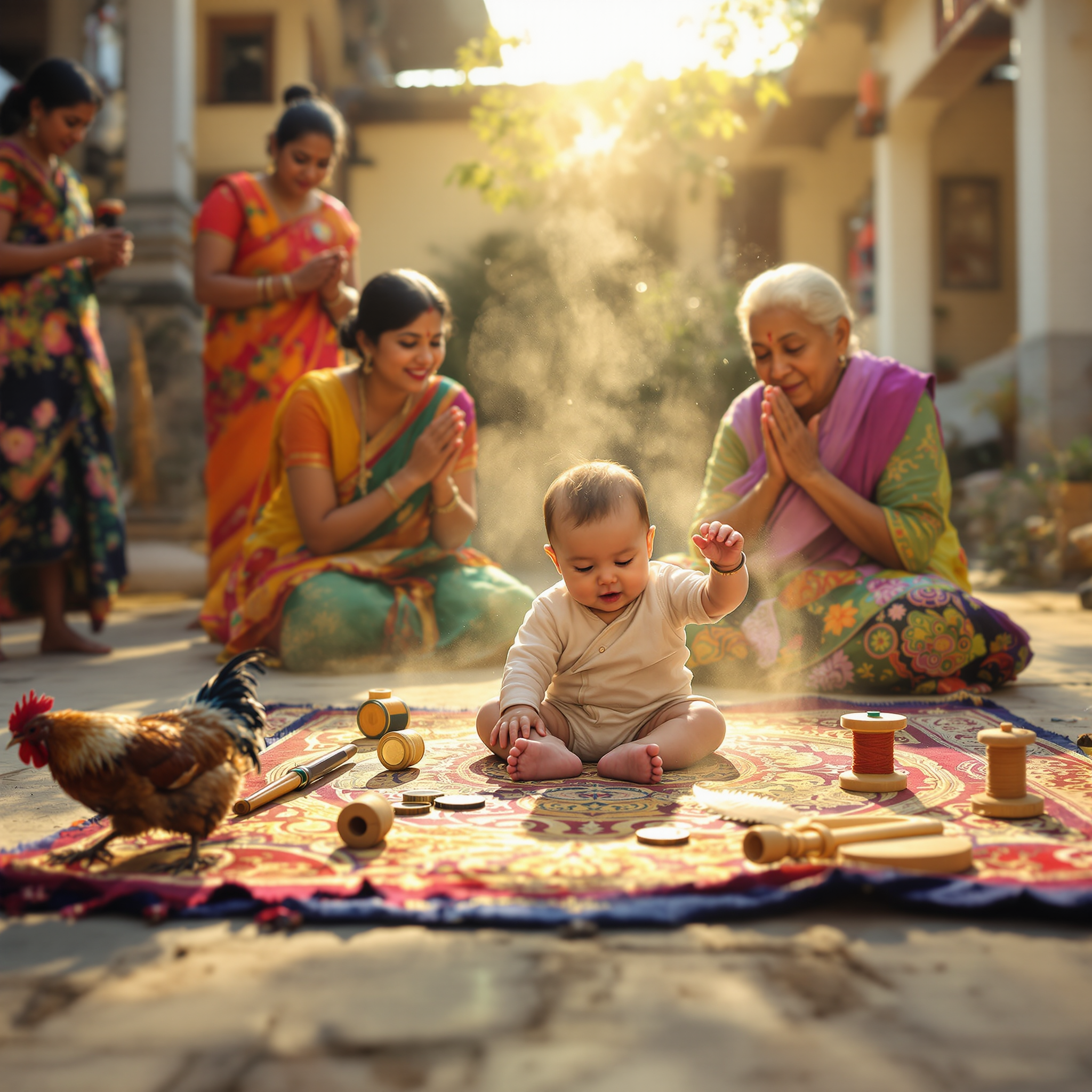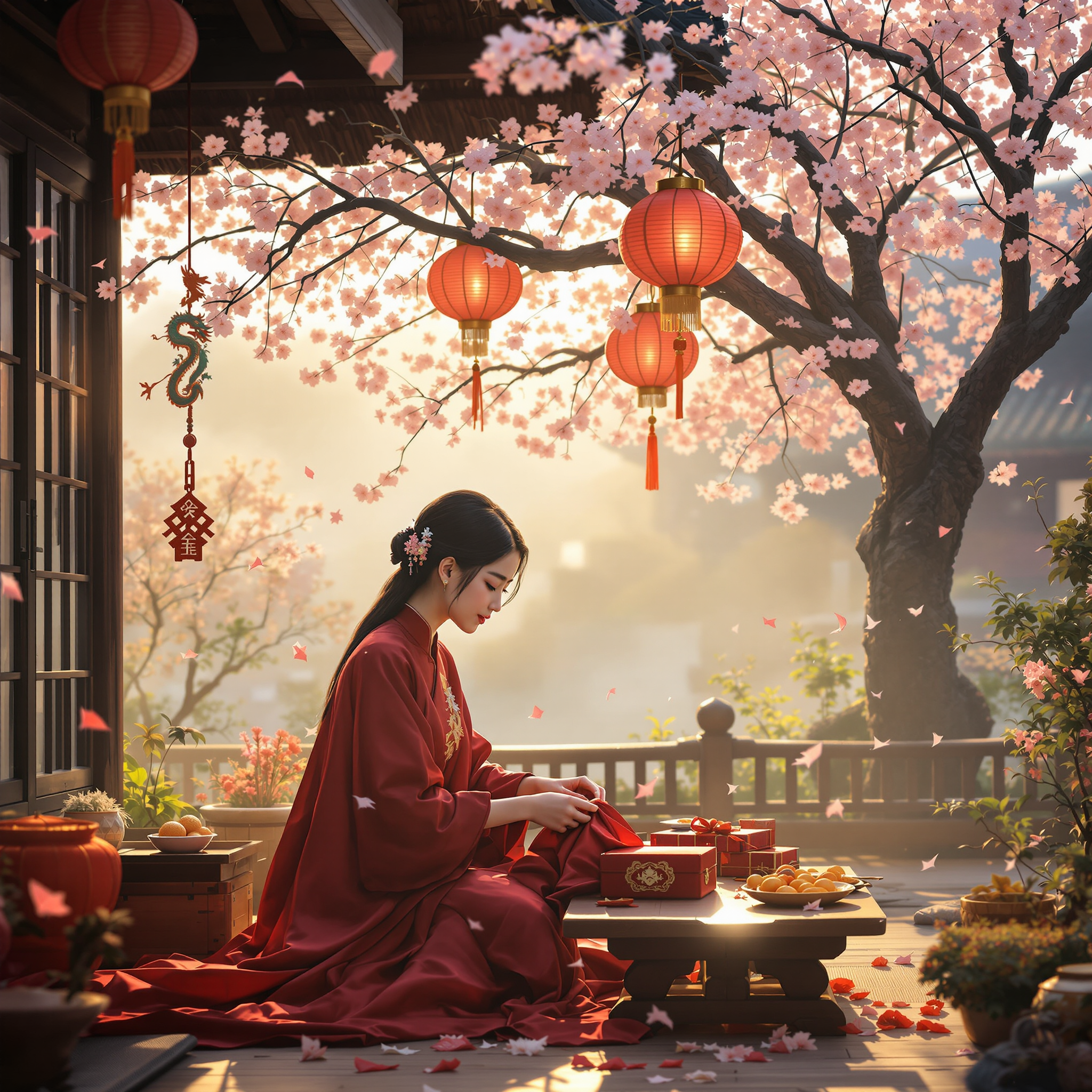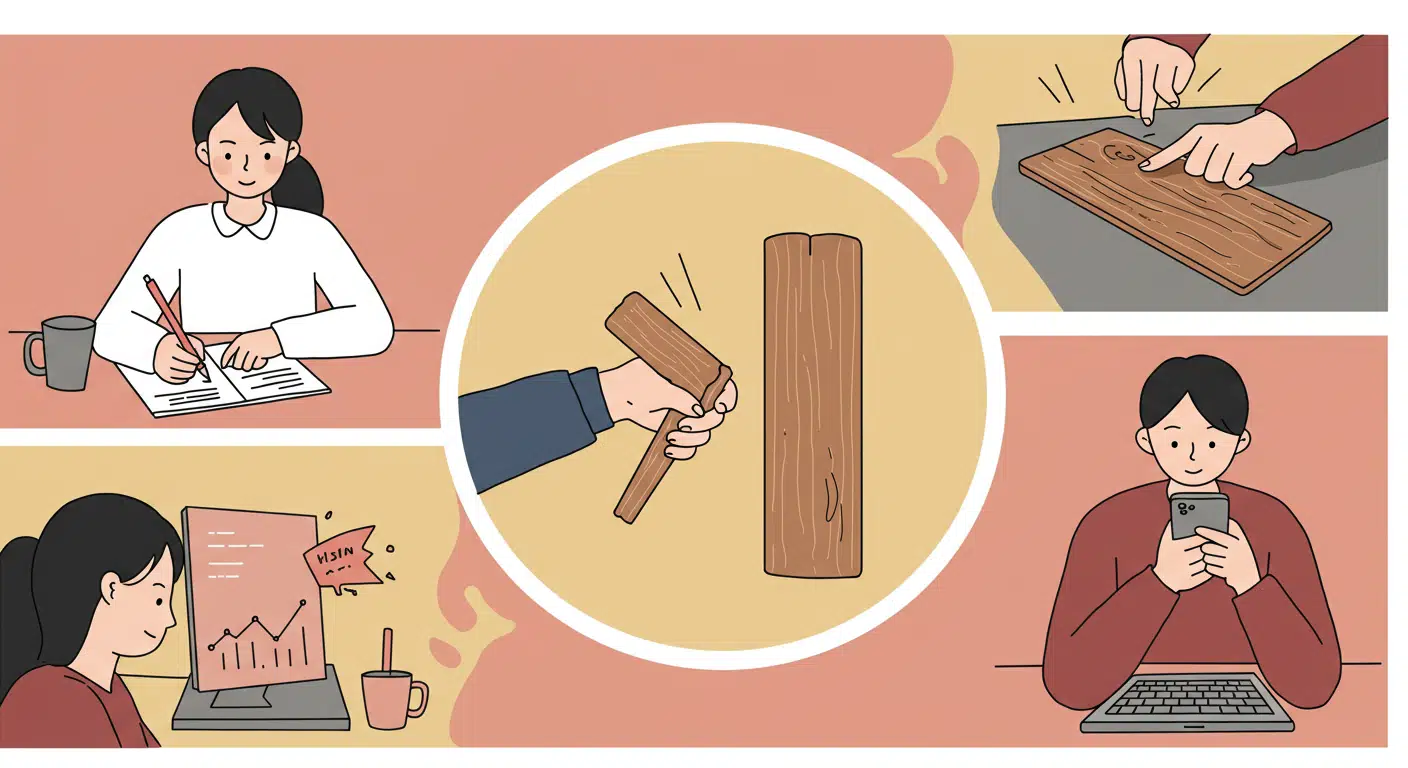In traditional Chinese and other East Asian customs, gifts are often covered with fine silk cloth, particularly during significant life events such as weddings, birthdays, and major holidays. The silk wrap is not merely decorative, but also deeply symbolic. Known for its luxurious texture and cultural association with royalty and status, silk represents wealth, respect, and auspiciousness. The color of the silk also matters—red silk, for instance, symbolizes happiness and good luck, while gold conveys wealth. The wrapping process is deliberate and careful, meant to demonstrate sincerity and honor toward the recipient. The gesture implies a transfer of positive fortune, thoughtful intentions, and hopes for the receiver’s future success and well-being.

A baby’s future career or fate is predicted by the first object they select during a ceremonial setup.
In several Asian and Eastern European cultures, a traditional ceremony is held for babies usually around their first birthday. Known


